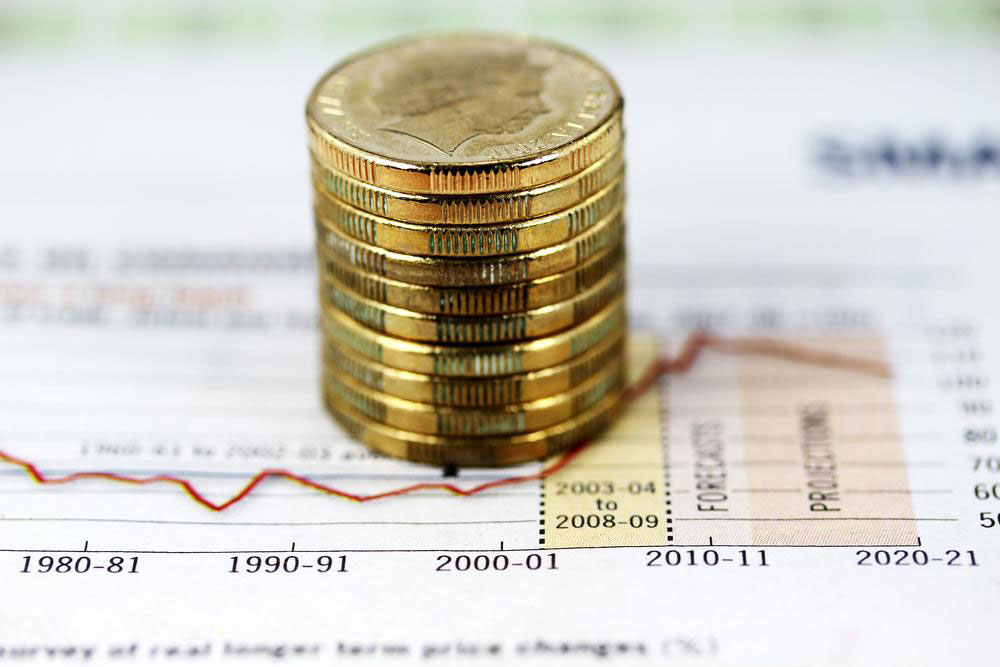Historic Peaks in Gold Prices and Market Insights
This article explores the significant peaks in gold prices, notably in 2011 and 2016, driven by global economic tensions, debt concerns, and oil price fluctuations. It highlights gold’s role as a safe investment and hedge against inflation, emphasizing its importance in financial markets. The piece also provides market insights and expert opinions on gold’s trending patterns and strategic significance for investors.

Historic Peaks in Gold Prices and Market Insights
In August 2011, gold prices surged dramatically, reaching an all-time high of $1,917.90 per ounce after starting the year at $1,400. The rapid increase caught investors' attention, reflecting concerns over global debts, notably in the US and Europe. The spike was partly driven by fears of inflation and economic instability. Similarly, in 2016, gold hit a peak during Chinese New Year, especially as oil prices plummeted, with gold reaching a value 44 times higher than oil per barrel. Gold remains a key hedge against inflation and economic uncertainty.
The significant rise in gold prices over the years highlights its importance in financial markets. While inflation increased modestly at 2.4% annually over a decade, gold's value grew by about 21% annually, indicating its role as a safe investment. Market experts often link gold surges to geopolitical tensions, currency fluctuations, and economic crises, making it a vital asset for diversifying portfolios and safeguarding wealth.










